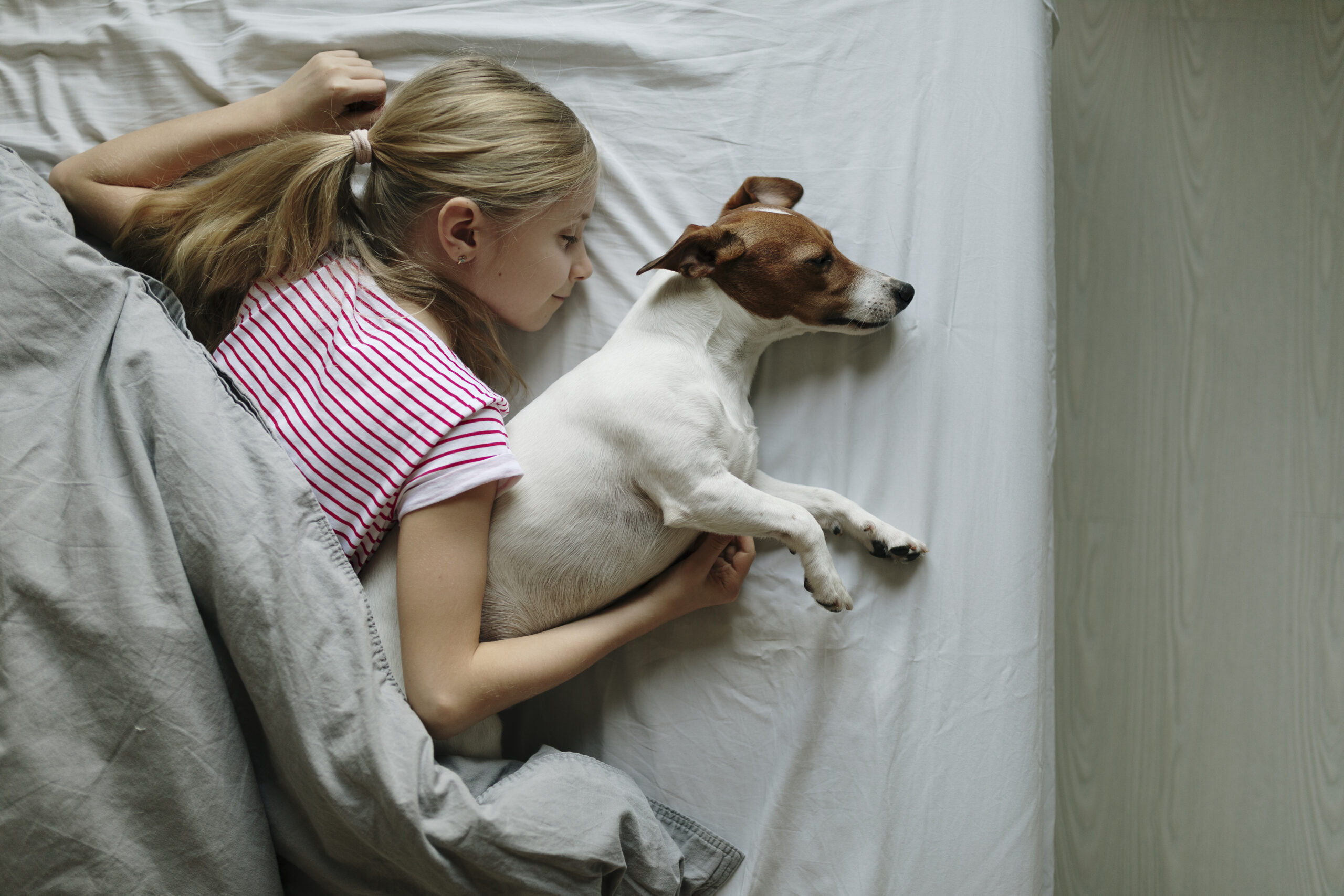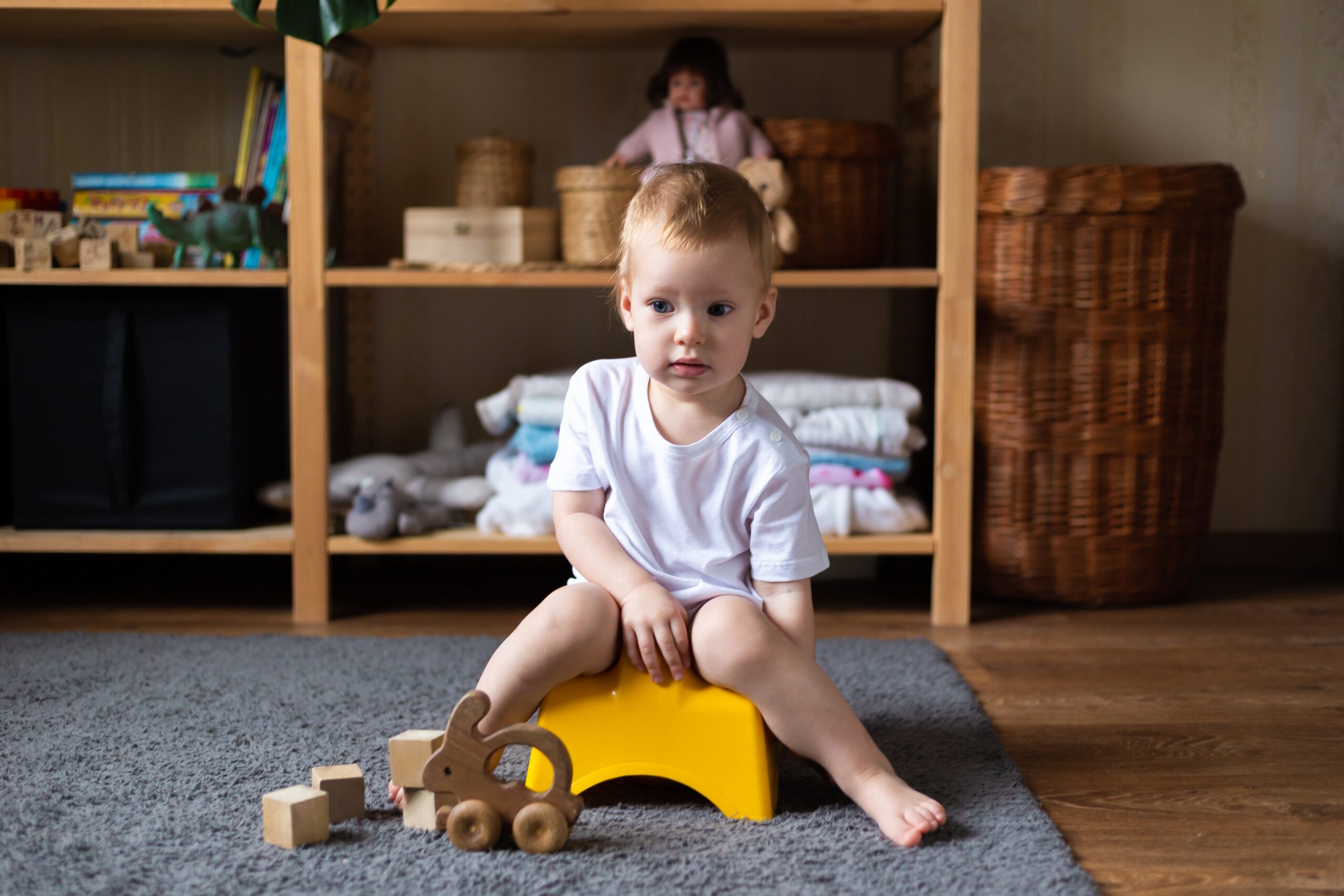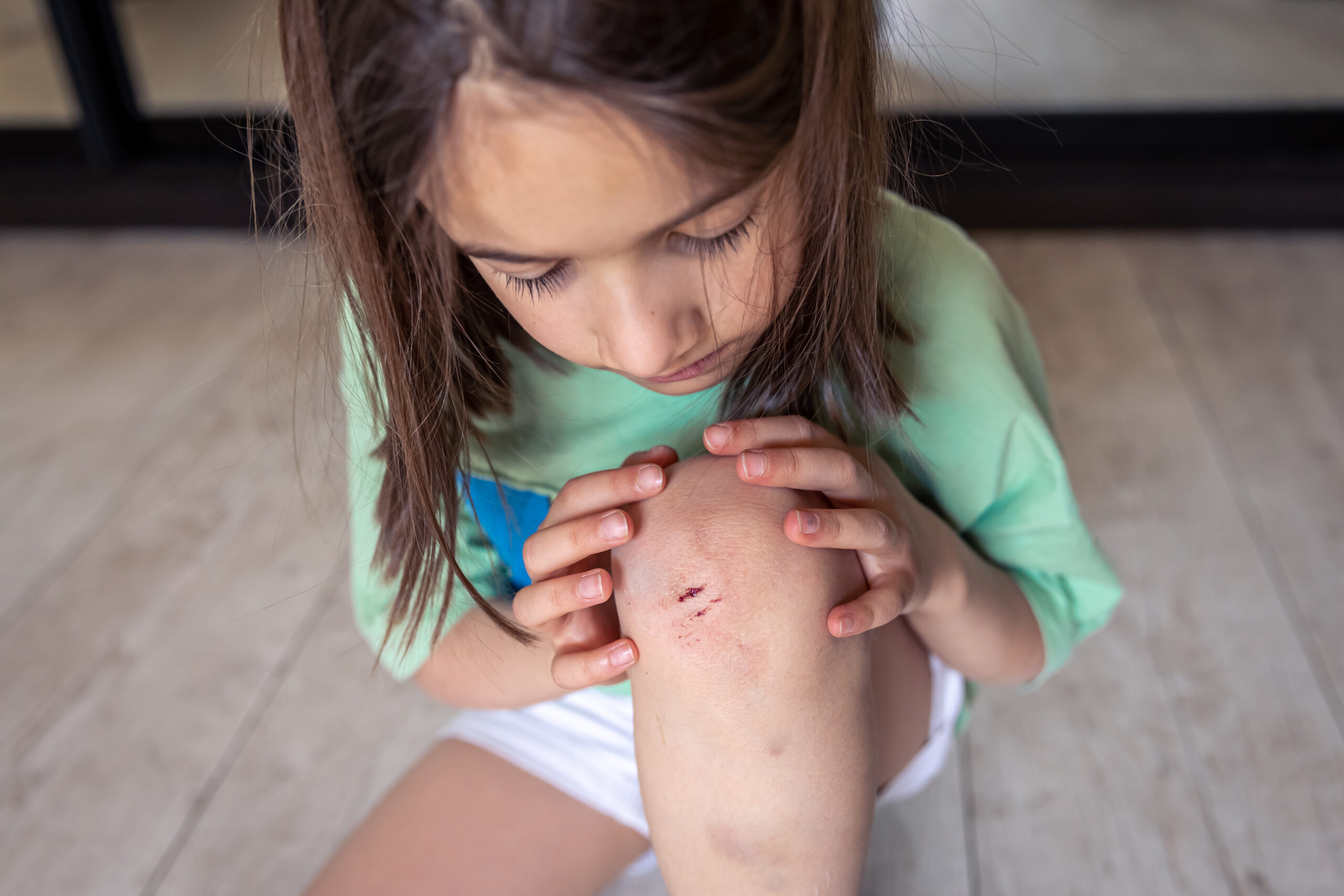6 Strategies to Manage Sleep Difficulties in Autistic Children
Sleep difficulties in autistic children are a common challenge. The complex nature of autism spectrum disorder (ASD) can affect various aspects of sleep, including falling asleep, staying asleep, and maintaining a regular sleep schedule. However, there are several strategies that parents and caregivers can employ to help manage sleep difficulties in autistic children. In this article, we will explore six effective strategies that can promote better sleep in children with ASD.
Create a calm and quiet sleep environment
Creating a peaceful sleep environment is essential to manage sleep difficulties in autistic children. Minimize environmental disturbances by using blackout curtains or white noise machines to reduce external stimuli that may disrupt sleep. Additionally, some children with ASD may benefit from using weighted blankets or special pillows, as these have been found to improve sleep quality by providing a comforting and soothing sensation.
Limit exposure to stimulating activities before bedtime
Activities that overstimulate children close to bedtime can interfere with the natural calm-down process and make it more challenging for them to fall asleep. It is recommended to avoid activities such as playing video games or watching exciting television shows before bed. Instead, encourage calming activities like reading a book or listening to soft music, which can help create a relaxed state conducive to sleep.
Promote daytime physical activity
Regular physical activity during the day can contribute to better sleep-wake regulation in children with ASD. Engage your child in outdoor play, sports, or structured exercises, as these activities can help establish a healthy sleep routine. However, it is important to avoid intense exercise too close to bedtime, as it may have an alerting effect on some individuals and make it difficult for them to wind down.
Monitor and regulate exposure to light
Light exposure plays a crucial role in regulating the sleep-wake cycle. Ensure that your child receives exposure to natural light during the day, particularly in the morning, as it can help synchronize their internal clock. In the evening, limit exposure to bright screens from devices like smartphones and tablets. The blue light emitted by these devices can suppress the production of melatonin, a hormone that promotes sleep. Consider using screen filters or blue light-blocking glasses if your child needs to use electronic devices before bedtime.
Consult with a healthcare professional
If your child’s sleep difficulties persist despite implementing various strategies, it is important to seek guidance from a healthcare professional experienced in treating children with ASD. Start by consulting a pediatrician to rule out any medical issues that may be affecting sleep. There are also a variety of screening questionnaires available, such as the Sleep Assessment and Treatment Tool, Pittsburgh Sleep Quality Index, and sleep diaries, which can help determine patterns and identify specific areas of sleep problems.
Approach management with patience and ongoing communication
It is worth noting that the research on sleep interventions in children with ASD is still evolving, and what works for one child may not work for another. Therefore, it is crucial to approach the management of sleep difficulties in autistic children with patience, flexibility, and ongoing communication with healthcare professionals. Keep an open dialogue with your child’s healthcare team to discuss progress, make necessary adjustments, and explore additional strategies as needed.
In conclusion, managing sleep difficulties in autistic children requires a multifaceted approach. By creating a calm sleep environment, limiting stimulating activities before bedtime, promoting daytime physical activity, regulating exposure to light, consulting with healthcare professionals, and maintaining open communication, parents and caregivers can help improve the sleep quality of children with ASD. Remember that each child is unique, so finding the most effective strategies may require time, patience, and individualized attention.
Also read: How to Potty Train an Autistic Child
About Olga Sirbu
My name is Olga Sirbu, I am a Board Certified Behavior Analyst (BCBA) and Licensed Applied Behavioral Analyst. My goal is to support and empower families and individuals on the autism spectrum.
Autism Advance is dedicated to training parents and caregivers, providing practical tips, and teaching individuals how to educate kids with autism.
I share evidence-based practices to help you better understand and support individuals with autism. Learn practical strategies to help individuals with autism reach their full potential, as well as gain a deeper understanding and acceptance of autism.
Thank you for considering Autism Advance as a resource for your autism journey.








